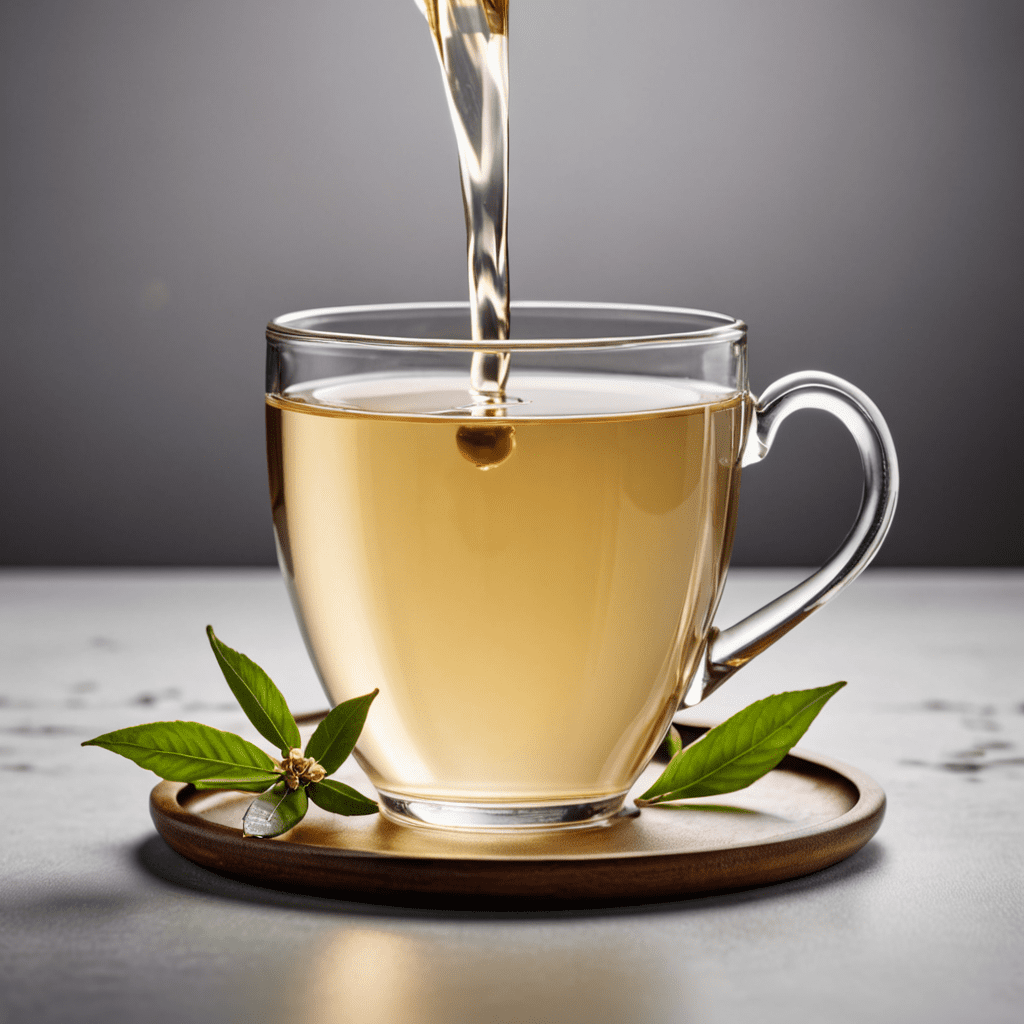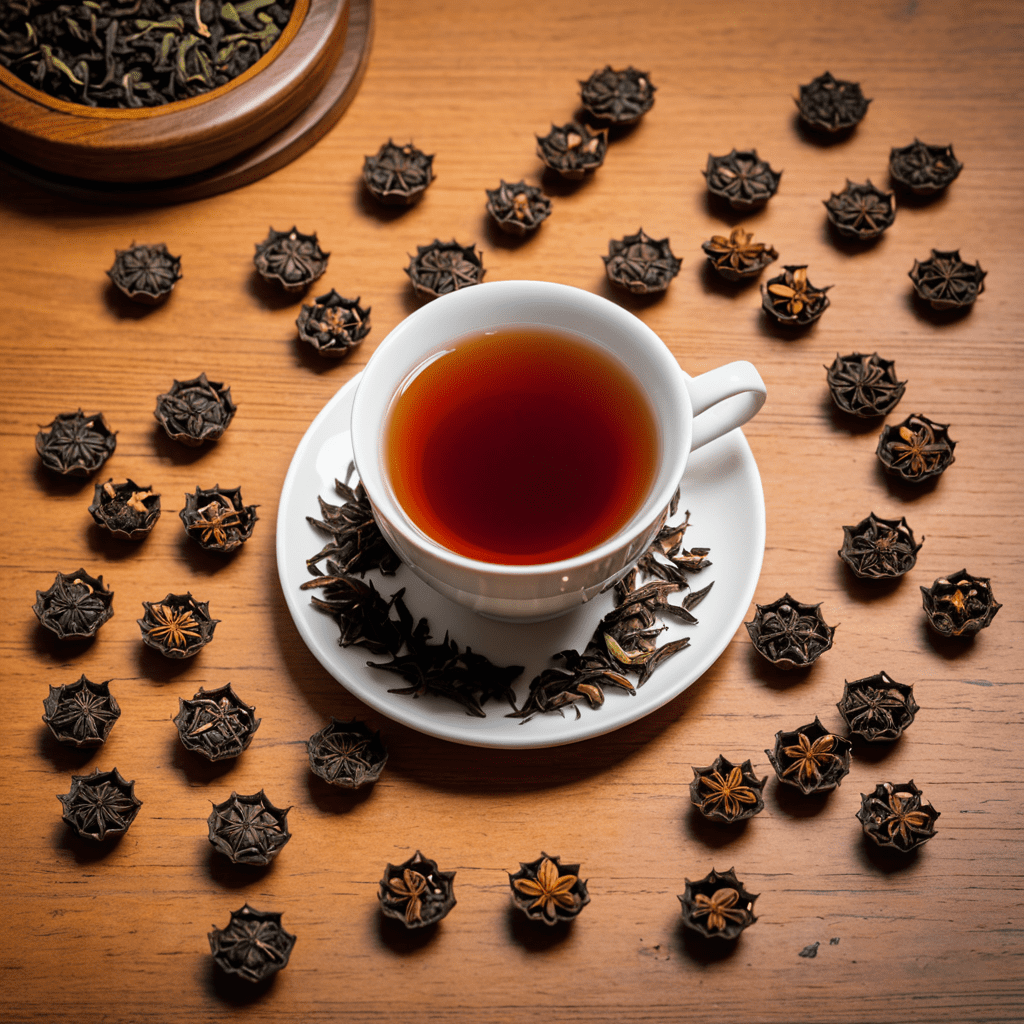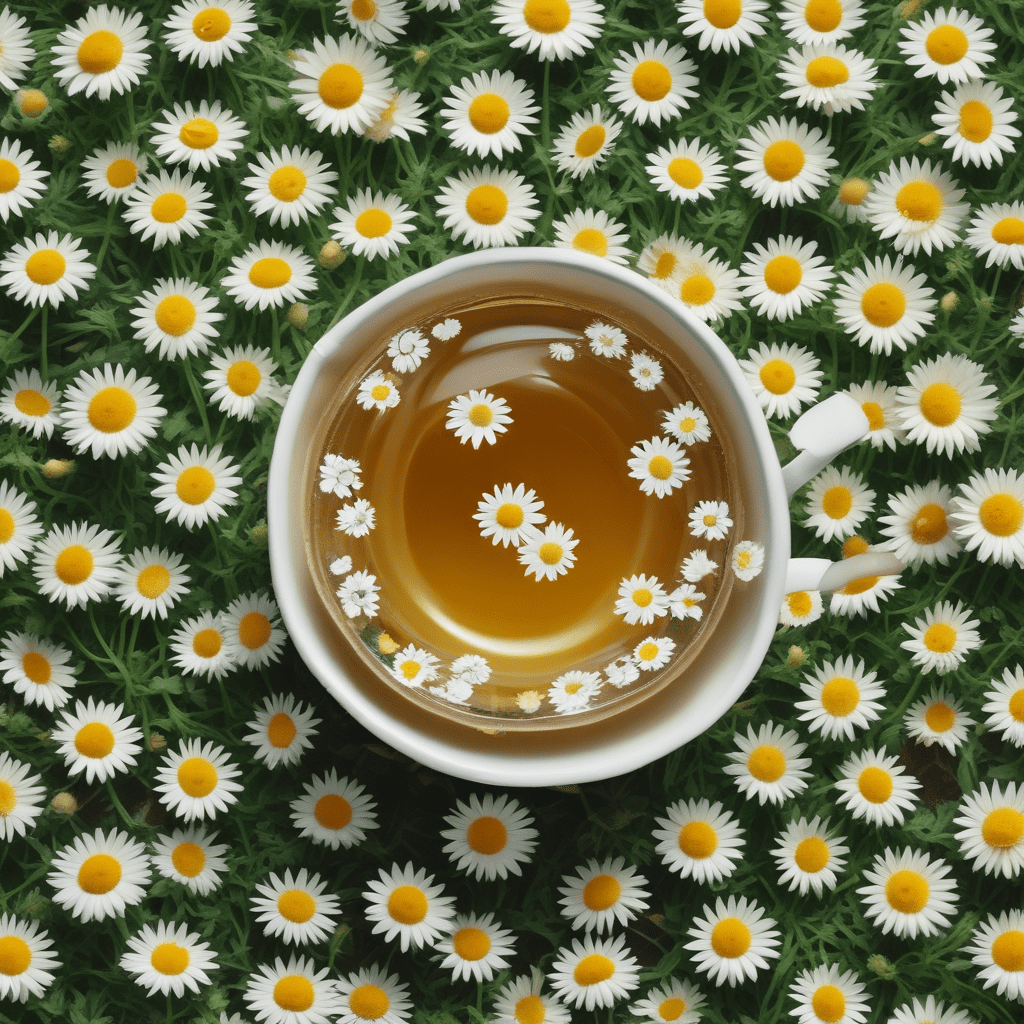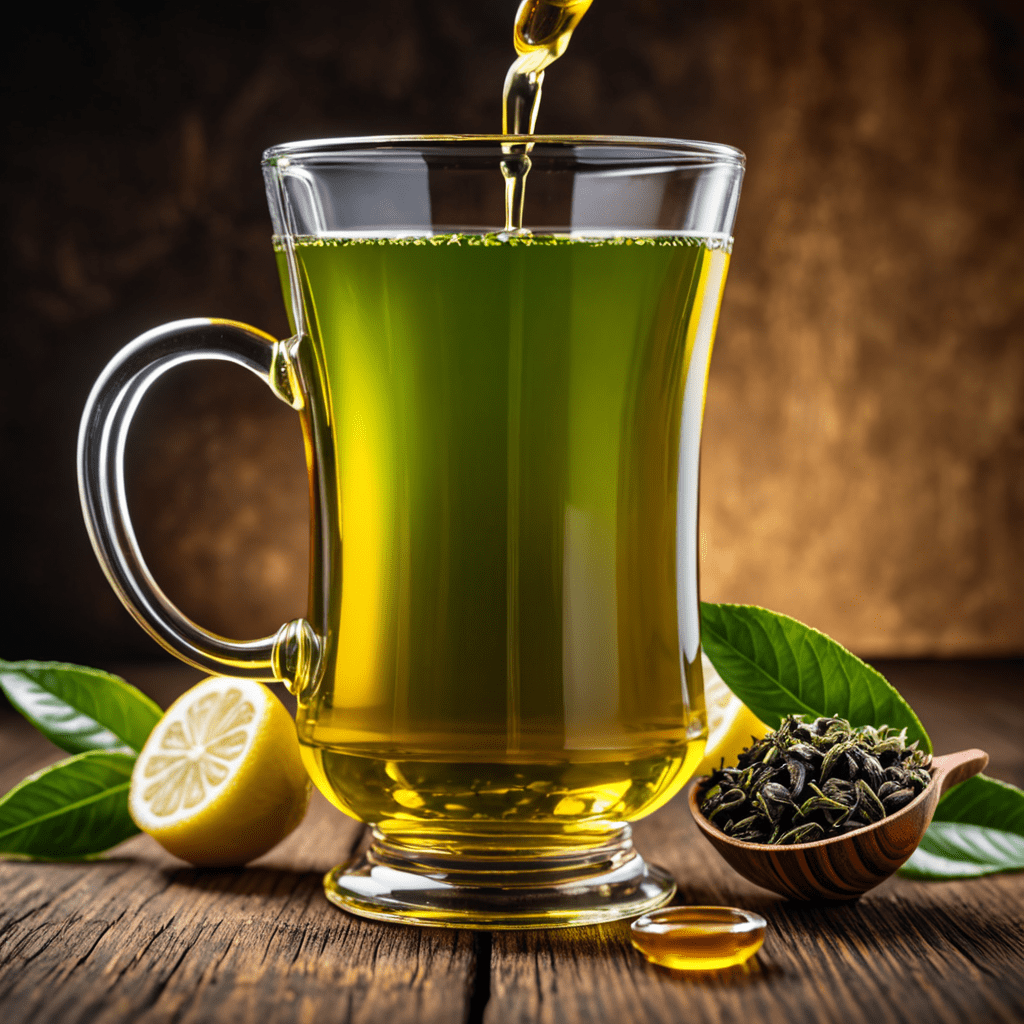
White Tea: The Essence of Tea Minimalism
Understanding White Tea
White tea is renowned for its delicate flavor and minimal processing. It is harvested from the young leaves and buds of the tea plant, Camellia sinensis. The minimal processing retains the natural goodness of the tea, making it a popular choice among tea enthusiasts.
The Production Process
White tea undergoes minimal processing which includes withering and drying. This gentle process allows the tea leaves to retain their natural appearance and results in a light, subtle flavor with a hint of sweetness.
Health Benefits of White Tea
White tea is rich in antioxidants and has been associated with numerous health benefits, including improved heart health, strengthened immune system, and potential cancer-fighting properties. Its minimal processing also means that it retains a high level of polyphenols, contributing to its health-promoting properties.
Flavor Profile
White tea offers a delicate, slightly sweet flavor with subtle floral notes. It is often described as refreshing and light on the palate, making it a delightful choice for those seeking a gentle and soothing tea experience.
Best Practices for Brewing White Tea
To fully experience the essence of white tea, it’s important to brew it with care. Use fresh, pure water heated to around 175°F to 185°F (80°C to 85°C). Steep the white tea leaves for about 2-3 minutes to extract the delicate flavors effectively.
White Tea Varieties
White tea comes in different varieties, with Silver Needle and Bai Mu Dan being among the most popular. Each variety offers a distinct flavor profile and aroma, providing tea enthusiasts with a range of experiences to explore within the realm of tea minimalism.
Embracing Tea Minimalism with White Tea
White tea embodies the essence of tea minimalism with its delicate nature, minimal processing, and subtle flavors. Embracing white tea invites individuals to slow down, appreciate simplicity, and savor the pure, unadulterated essence of this exquisite beverage.
FAQ About White Tea
What is White Tea?
White tea is a minimally processed tea made from the Camellia sinensis plant. It is known for its delicate flavor and subtle sweetness, as well as its minimal oxidation process, which sets it apart from other types of tea.
How is White Tea Different from Other Types of Tea?
White tea undergoes minimal processing, with leaves plucked at an early stage of growth and simply withered and dried. This minimal handling helps preserve the natural taste, aroma, and health benefits of the tea leaves, making it distinct from green, black, or oolong teas.
What are the Health Benefits of White Tea?
White tea contains antioxidants and may have potential health benefits, such as improved heart health, enhanced skin health, and potential cancer-fighting properties. It also has lower caffeine content compared to other teas, making it a suitable option for those sensitive to caffeine.
How Should White Tea be Prepared and Served?
To prepare white tea, use water at a temperature around 160-185°F (71-85°C) and steep the leaves for about 2-4 minutes. The brewed tea can be served hot or cold, based on personal preference. It’s often enjoyed without any additives to fully experience its delicate and nuanced flavors.


